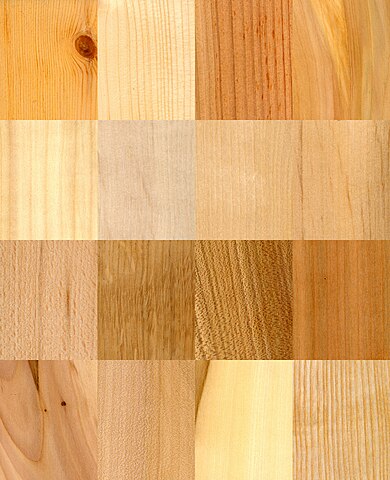Woodworking is a rewarding craft that allows you to create beautiful and functional items from a natural material. Whether you’re interested in building furniture, carving sculptures, or simply making small repairs around the house, the fundamental skills of woodworking are essential. This beginner’s guide will provide you with the basic knowledge and techniques to get started on your woodworking journey.
Essential Tools:
Before you begin, it’s crucial to gather the necessary tools. Here are some essential tools for beginner woodworkers:
- Hand saw: Used for cutting wood to size.
- Measuring tape and ruler: For accurate measurements.
- Hammer: For driving nails and assembling projects.
- Screwdriver: For inserting screws.
- Wood chisel: For shaping and carving wood.
- Sandpaper: For smoothing and finishing surfaces.
- Safety glasses and work gloves: To protect your eyes and hands.
Types of Wood:
Wood comes in various types, each with its own characteristics and suitability for different projects. Some common types include:
- Pine: A softwood that is easy to work with, making it suitable for beginners.
- Oak: A hardwood known for its strength and durability, often used for furniture.
- Maple: Another hardwood valued for its beauty and hardness, ideal for flooring and cabinetry.
- Plywood: An engineered wood made from layers of veneer, offering stability and affordability.
Basic Woodworking Techniques:
-
Measuring and Marking: Accurate measurements are crucial in woodworking. Use a measuring tape and ruler to mark your cuts and ensure precise dimensions.
-
Cutting: Use a hand saw to cut the wood to the desired size. Ensure a straight cut by following your marked lines carefully.
-
Joining: There are various methods for joining wood pieces together, including nails, screws, and glue. Choose the appropriate method based on the project and the type of wood being used.
-
Sanding: Once your project is assembled, use sandpaper to smooth out rough edges and prepare the surface for finishing.
-
Finishing: Applying a finish to your woodworking project protects the wood and enhances its appearance. Options include stain, varnish, and paint.
Safety Precautions:
- Always wear safety glasses and work gloves while woodworking.
- Keep your work area clean and organized.
- Use tools properly and follow the manufacturer’s instructions.
- Be aware of potential hazards such as sharp edges and flying debris.
Pro Tips:
- Invest in quality tools: Good tools make woodworking easier and more enjoyable.
- Start with simple projects: Begin with small, achievable projects to build your skills and confidence.
